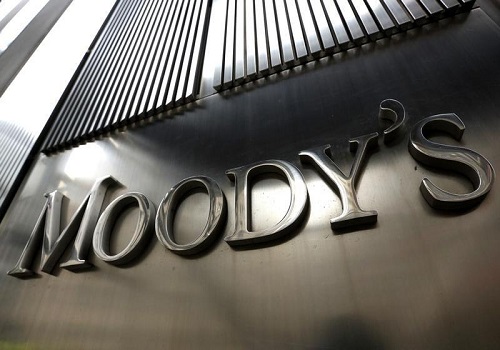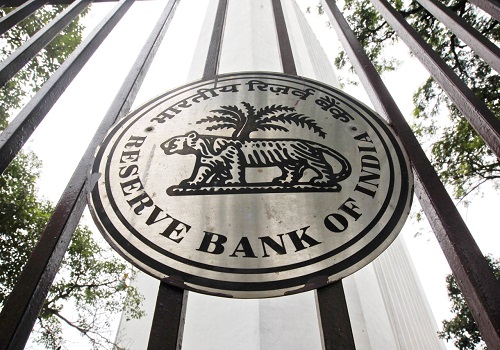RBI's proposed NBFC norms ignore key credit issues: Moody's

The Reserve Bank of India's (RBI) proposed stricter norms for non-banking financial companies (NBFC) support strong balance sheets but do not address the issues of funding and liquidity, the key credit weaknesses of the sector, said a report by Moody's Investors Service.
"If implemented, the regulations will result in companies becoming more resilient to credit shocks. However, the proposals do not address NBFCs' funding and liquidity," said the report.
It noted that the proposed new regulations would result in largely harmonised rules between banks and NBFCs on capital and leverage, which would reduce the regulatory arbitrage opportunities for NBFCs against the banks in their lending decisions.
However, no changes are proposed to the NBFCs' current lighter liquidity rules. Banks are subject to strict regulations on maintaining a minimum cash reserve ratio and statutory liquidity reserve, which are not imposed on NBFCs.
"This means the proposal does not address the key weakness of the NBFCs; the sector will continue to pose risks to banks' asset quality because banks are the largest lenders to the NBFCs," it said.
The RBI has proposed to place NBFCs into four categories based on their size and systemic importance. If implemented, the largest 25-30 NBFCs will be classified as NBFC-Upper Layer (NBFC-UL) and would need to maintain a minimum Common Equity Tier 1 (CET1) ratio of 9 per cent compared with 8 per cent for banks.
They will also be subject to the similar rules that already apply to banks, such as a maximum leverage ratio, standard asset provisioning, credit concentration and exposure limits, corporate governance and group structure.
The NBFCs will need board-approved policies for concentration in riskier sectors such real estate, which has been a source of asset quality problems for NBFCs.
"We expect most rated NBFCs will be classified as NBFC-UL," said the Moody's report.




















